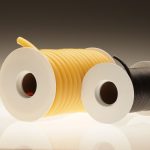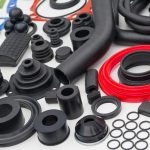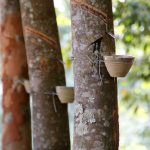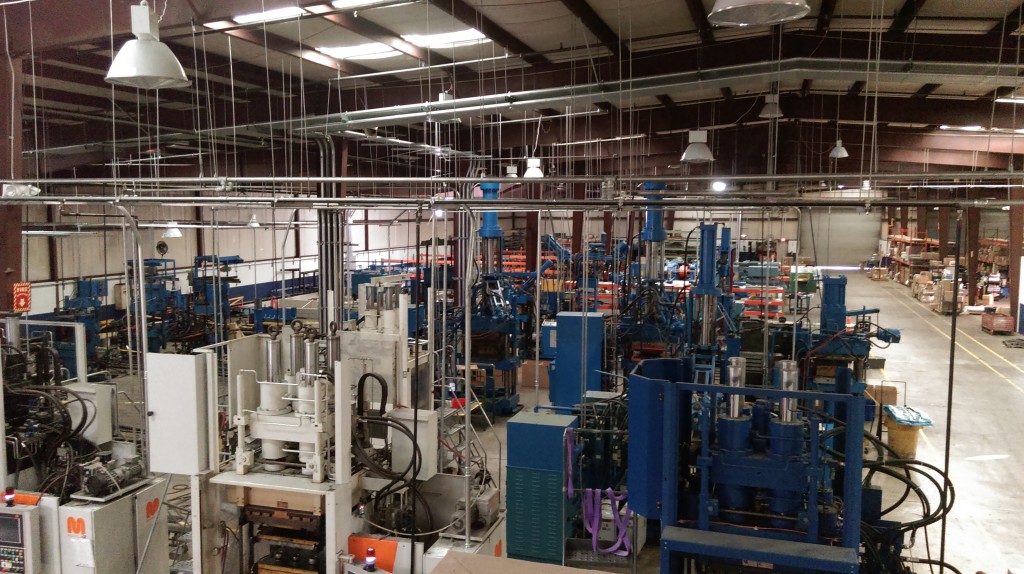
Understanding the processes
There are many kinds of rubber manufacturing processes out there but it is important that their particular benefits are understood before making the choice. Knowing the manufacturing processes can help you understand cost implications and tradeoffs.
4 common processes – extrusion, latex dipping, moulding, and calendering.
Extrusion is a process when an unvulcanised compound is fed into an extruder. It is moved forward to a dye, which is a speciall tool that helps shape the rubber. Once the compound meets the dye, the pressure pushes it out through the opening of the extruder. Then, this product will have to be vulcanised before it can be used. Cords, tubes, gaskets, pipes are some of the common products made through this process.
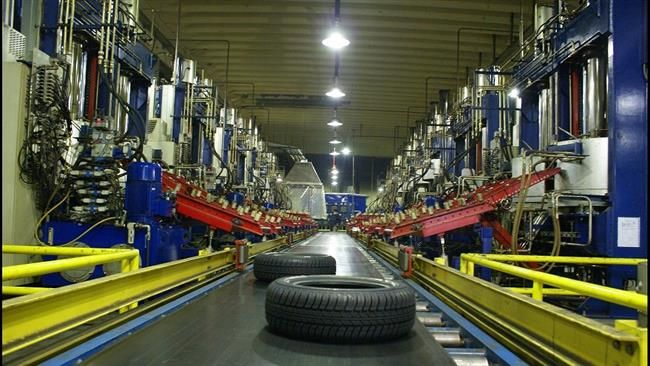
Latex dipping is used when more complex shapes need to be created than extrusion. Here thin moulds are dipped into latex compounds and then pulled out. If you need to increase the thickness of the dipped product you just need to dip it again. After the dipping process occurs, the finishing touch is given by vulcanisation. Some of the products made by this process are rubber gloves, grips, bladders, balloons, tubing, etc.
Moulding has three main processes, compression moulding, transfer moulding, and injection moulding. With compression moulding, a rubber compound is converted a chunk of rubber also known as a blank. This blank is then placed into a mould to be given a shape. Transfer moulding is a process where the blank is placed in a chamber, which is then pushed into multiple cavities. In injection moulding, there are two separate entities and have different controls. The moulds are placed in horizontal or vertical directions in the press unit. There is also an extruder unit present.
Calendaring is done by pushing the softened rubber into the centre of rollers that counter rotate. These rollers compress the material and the thickness can be determined by how much gap there is between the rotating cylinders. This gap can be adjusted when the thickness needs to be altered.
Choose what suits your product.
Do a cost benefit analysis and be clear about the usage of your end product before choosing a manufacturing process. There is always a cost and time factor involved in these processes and it is good to have complete knowledge of the same to make the right decisions.

